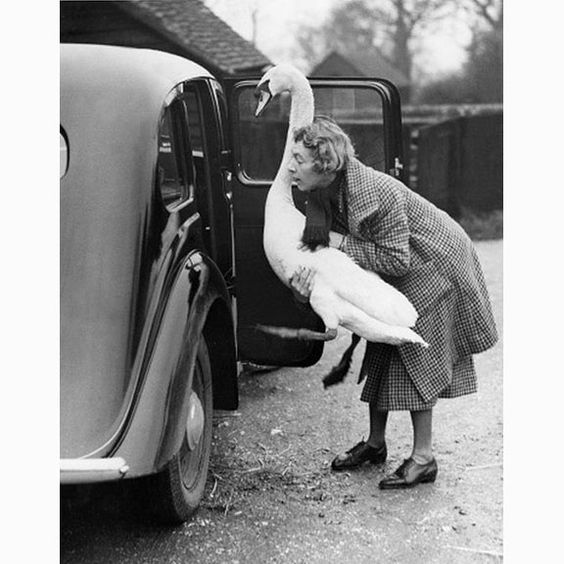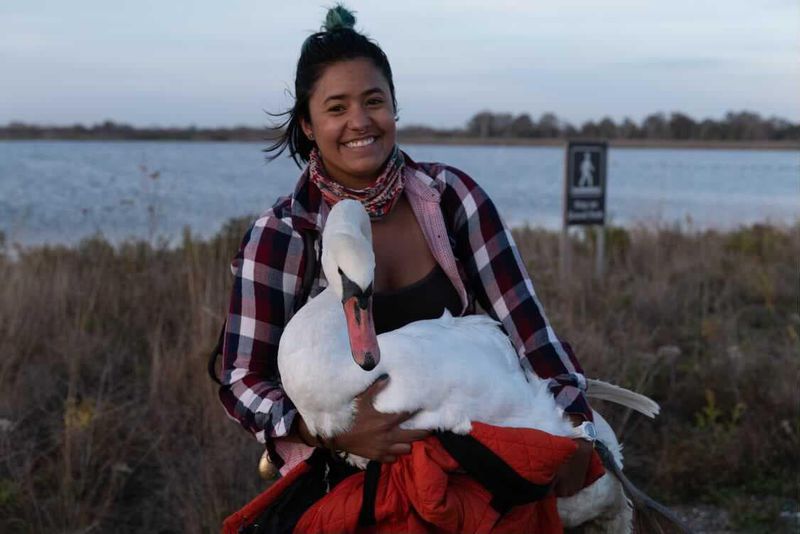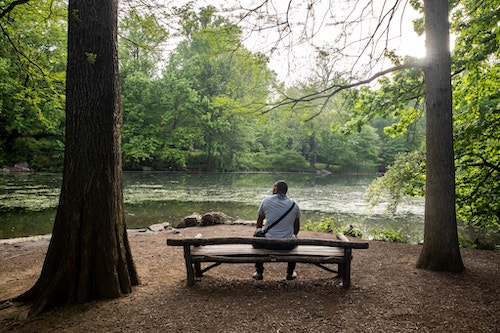For our first worked example, we started with this picture of a woman loading a swan into a car:

We liked that because it clearly had a goal: get the swan into the car. But why? What was the motivation? Had the swan escaped? Had she been showing it at the fair? Was she taking it to the vet?
We started googling why someone might transport a swan when we came across an amazing story about a woman in New York who found a sick swan and carried it into the city to a clinic.

That was such a great image—particularly trying to get a swan on public transport—that we decided to write about that.
That idea happened to connect to another New York wildlife story, which was about a Black birdwatcher who was got into an argument with a woman in Central Park who refused to leash her dog.

These elements combined to become "a Black birder finds a sick goose and wants to take it to a clinic in the city".
The thing is: we are not Black Americans, we're not birders, we're not in New York, and we've never seen or carried a sick goose—so we had to follow our nose through the reading until we felt like we had enough detail to make a believable character and situation.
Through doing this we learned a lot about the geography of New York City, local bird species, the parks system, wildlife nonprofits, Black birder communities, and avian medicine.
Anyone who actually knows anything about these topics would probably laugh or roll their eyes at what we've written; but for anyone else there's probably just enough detail there to be believable.

